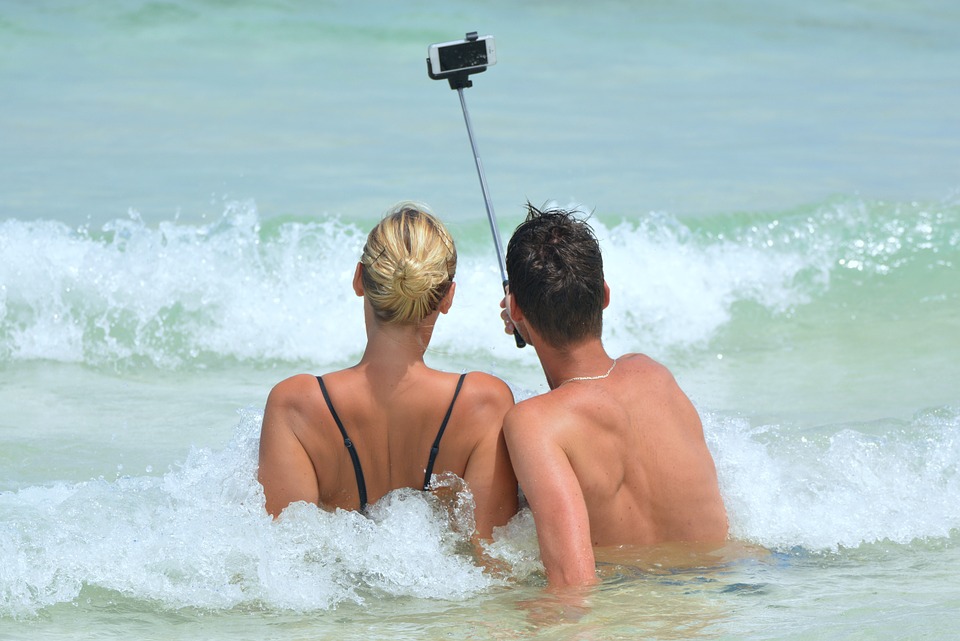If you are marketing a travel destination, you only need one mantra: Deliver an ‘Instagrammable holiday’ or go home.
This conclusion is based on the findings from Travelzoo’s Autumn Travel Trends Survey* issued today. (Never heard of Travelzoo? Neither have we, but the organisation has 28 million members! What?)
The survey reveals that how a holiday photo will look on social media platforms is an important consideration for 55% of those born after 1996 (Generation Z). The appeal of social bragging declines going back each generation. Millennials (those born between 1987 and 1995) are highly focused on the photogenic appeal of their holiday choice (42%), but just 10% of both late and early Boomers (those born between 1946 and 1965) consider this when booking a holiday.
Joel Brandon-Bravo, Travelzoo’s General Manager in the UK said, “It’s mid-August now and peak ‘posting season.’ Most people’s social media feeds are full of images of friends and family enjoying the sunshine. Let’s face it, when you’re stuck in the office on a rainy day those feeds can become irritating. But there is a holiday show-off in most of us and many hoteliers are getting wise to the power of making their properties as ‘Instagram-ready’ as possible.
“Some restaurants and hotels Travelzoo works with tell us they are starting to train staff in how to take great photos for social media as they are seeing how guests love to share their experience in real-time and want to be part of that process. Our research shows this focus is not misplaced and the importance of how photogenic a hotel, restaurant or destination is should not be underestimated. The tourist of today sees where they travel as a way of expressing themselves and this will only increase with future generations. Being seen in aspirational destinations that photograph well will become one of the most significant considerations a person will make before booking.”
In terms of the power of social media to influence holiday bookings, the generational split is vast. Almost two thirds of Generation Z use social media for inspiration on what to book, but only 10% of older Boomers (those born from 1946–1954) say social media has an influence on their decision making. For Millennials and Gen Z, Facebook and Instagram are the most powerful channels, with Facebook marginally more influential for Millennials.
Savvy hotels, restaurants and resorts are realising how important it is to enable customers to create the best visual impression of their experience. Thomas Cook recently opened a new line of resorts called Casa Cook, which have been designed with features that will photograph well and appeal to a younger demographic.
Travelzoo works with London restaurant Galvin at Windows, whose General Manager Fred Sirieix says, “Our image online is very important. We take great care in the imagery we post and how we appear.” Staff at Galvin receive training in how to take photos that are suitable for Instagram and other platforms because they understand how important it is for their restaurant. Sirieix stresses that while the online image is managed carefully it is important to be authentic. He believes in the importance of not appearing too “manufactured” in your online imagery and explains how “our Instagram is loaded with fun videos in order to show our personality.”
Generation X (those born from 1966–1986) is the most concerned of all generations about privacy online and limit posting on holiday because of this. Millennials are the least concerned about their privacy being compromised through social media but this group are the most aware (34%) of the pressure to project the image of the ‘perfect holiday’ while they are on a trip. Authenticity is a trend most noted by Generation Z, with one in four saying they think people are doing less obviously touristy activities on holiday.
While the appetite to share the holiday experience on social media shows no sign of abating, the survey also reveals an awareness of the benefits of switching off digitally – and this is true across all generations polled. Despite their love of social media 53% of Millennials and 45% of those born after 1996 say the idea of totally disconnecting digitally on holiday is appealing to them and over 60% of Generation Z say switching off from social media and emails would help them recharge more on holiday.
About the Research
*Travelzoo’s Autumn 2017 Travel Trends Survey was conducted among 1000 consumers in the United Kingdom, who completed an online questionnaire sent out by third-party research agency One Poll. The questionnaires were completed between 21–24 July, 2017.




